In the mist-cloaked highlands of Sulawesi, a farmer named Pak Luki once spent weeks walking through his 8-acre clove plantation, spraying pesticides under the blistering sun. His back ached, his boots caked with mud, and his yield shrinking as pests outpaced his efforts. Today, he watches as a sleek, humming machine glides above his trees, sensors scanning each leaf for signs of infestation, and releasing a precise mist of bio-pesticide—no human footprints, no wasted chemicals. “It’s like having a guardian angel for my crops,” he says, grinning. “And it’s teaching *me* to farm smarter.”
This is not a story of technology imposed from afar. It’s a tale of two nations—China and Indonesia—coming together to solve a shared challenge: How do we feed a growing population while honoring the dignity of those who grow our food? As Indonesia navigates the pressures of climate change, labor shortages, and resource scarcity, Chinese agricultural drones have emerged as unlikely heroes, bridging gaps in productivity, sustainability, and hope.
Indonesia’s Agricultural Crossroads: Struggles of a Nation That Feeds a Nation
Indonesia’s agriculture is the backbone of its identity. From the volcanic soils of Java, where 60% of the population grows rice, to the swampy lowlands of Kalimantan, where oil palm plantations stretch for miles, and the mountainous highlands of Papua, where smallholders tend to coffee and cocoa—each region pulses with life. Yet beneath this vibrancy lies a quiet crisis:
– Labor Shortages: With 65% of Indonesians under 35, fewer young people are choosing farming. During peak seasons—planting rice or harvesting palm fruit—farmers often wait weeks for seasonal workers, risking crop losses. A 2023 survey found 70% of smallholders delay critical tasks like spraying due to labor gaps.
– Resource Waste: Traditional methods—blanket pesticide spraying, flood irrigation—are wildly inefficient. Farmers waste up to 50% of water and fertilizers, inflating costs and degrading soil. For coconut growers in Bali, this means spending $500 monthly on inputs that barely sustain yields.
– Terrain That Defies Tradition: From the steep slopes of Sumatra’s coffee farms to the dense mangrove-lined coasts of Papua, Indonesia’s farmlands are a maze of narrow paths, thick vegetation, and wet, muddy fields. Conventional machinery gets stuck; manual labor is backbreaking.
Chinese Drones: Built *With* Indonesia, Not Just *For* It
When Chinese drone engineers first visited Indonesia, they didn’t bring blueprints—they brought notebooks. Over six months, they trekked through rice terraces in West Java, oil palm plantations in Riau, and coconut groves in Bali, listening to farmers describe their struggles. What emerged was a clear insight: Drones built for industrial farms in other countries would fail here. Indonesia’s farms needed machines that were *adaptable*, *rugged*, and *easy to use*.
1. Tech Tailored to Indonesia’s Chaos
Chinese drones are not just “agricultural”—they’re *Indonesian*.
– Lightweight & Agile: Weighing just 12–15 kg with a 15–20L payload, they navigate narrow rice paddy dikes, weave through oil palm groves, and hover above coconut trees—all without damaging crops. A farmer in West Java’s tea hills reported flying his drone through 30° slopes, a task traditional machinery can’t attempt.
– Rugged Reliability: Built to withstand Indonesia’s harsh climate—monsoons, 40°C heat, and salty coastal air—these drones undergo rigorous testing. In Kalimantan’s rainy season, a test flight sprayed 20 acres of chili fields—no crashes, no malfunctions.
– Crop-Specific Flexibility: Farmers can swap nozzles (finer sprays for delicate mango blossoms, wider for durable oil palms) or upload local topography maps. A Bali coconut grower even added a “salt-tolerance mode” to protect his trees from brackish soil.
2. AI That Speaks Farmer, Not Code
Drones are only as good as the insights they deliver. Ours come with AI that translates raw data into *actionable* steps—no tech degree required.
– Health Diagnostics: Multispectral cameras capture light wavelengths invisible to humans, revealing hidden stress in plants (e.g., nitrogen deficiency in rice, early blight in potatoes). The AI then generates a “prescription map,” telling the drone exactly where to spray and how much. For a soybean farmer in Central Java, this meant cutting fungicide use by 35% while boosting yields by 12%.
– Yield Forecasts in Real Time: By analyzing growth rates, weather patterns, and historical data, the system predicts harvests weeks in advance. A durian grower in Sumatra used this to secure a premium price by selling surplus fruit before the market flooded.
From Sky to Soil: Stories of Transformation
Technology matters only if it changes lives. Here’s how these drones are rewriting farming stories in Indonesia:
– Pak Ahmad’s Rice Farm (West Java): For 30 years, Ahmad sprayed his 10-acre paddy by hand, wading through knee-deep water under the midday sun. “My back ached for days afterward,” he says. Now, his son operates our drone, zipping over the fields in 3 hours. Pesticide use has dropped by 40%, and Ahmad uses the savings to install solar-powered irrigation—cutting water use by another 30%. “I used to worry my son would leave for the city,” he grins. “Now he wants to take over the farm.”
– The Coconut Growers of Bali: In Bali’s lush highlands, coconut farmers faced a dual crisis: declining yields from aging trees and a shortage of workers to climb the tall palms. Our drones, equipped with orchard-specific flight modes, now spray organic fertilizers directly to the canopy—reaching heights no ladder can. This year, harvests are up 20%, and farmers like Ibu Lila, 58, finally sees a future for her teenage grandson in farming. “He loves flying the drone,” she says. “Who knows? Maybe he’ll innovate further.”
More Than Machines: Cultivating Partnership
We believe drones are just tools—the real magic happens when farmers own the technology. That’s why we’ve invested in:
– Training Academies: Free workshops teach Indonesian farmers to pilot drones, read data maps, and perform basic repairs. Over 8,000 smallholders have graduated, turning them into “tech-savvy stewards” of their land. One graduate, a young farmer in East Java, now trains her neighbors—bridging the generational gap between elders and tech-native youth.
– Local Service Networks: In remote areas, we’ve partnered with Indonesian cooperatives to set up drone maintenance hubs. A village in North Sumatra now shares 2 drones, cutting individual costs by 60% and ensuring no field is left behind. “Now even the smallest plots get the same care as the big ones,” says cooperative leader Pak Rahman.
Flying Higher: The Next Chapter
As Indonesia aims to boost food self-sufficiency and reduce carbon emissions by 2030, our drones are evolving alongside its farmers’ needs. We’re testing:
– Swarm Technology: Fleets of drones working in sync to plant cover crops or monitor vast plantations, reducing labor needs by 90%. Imagine 10 drones descending on a 100-acre oil palm estate, each targeting a specific task—no overlap, no waste.
– Sustainability at Core: New models powered by biofuels and recycled materials, ensuring our tech leaves as light a footprint as possible.
Closing: A Partnership for Growth
In the end, this story is about more than drones. It’s about two nations—China and Indonesia—coming together to solve a shared challenge: How do we feed a growing population while honoring the dignity of those who grow our food?
Every time a drone ascends over an Indonesian field, it carries more than sensors and spray. It carries hope: For smallholders who’ve farmed for generations. For a planet strained by hunger and climate change. And for a future where technology empowers, rather than replaces, the hands that feed us.
As we watch our drones glide over a durian orchard in Sumatra, we see more than machines. We see progress—quiet, steady, and rooted in partnership. And we know: The best innovations are those that grow *with* the land, not against it.
THE END
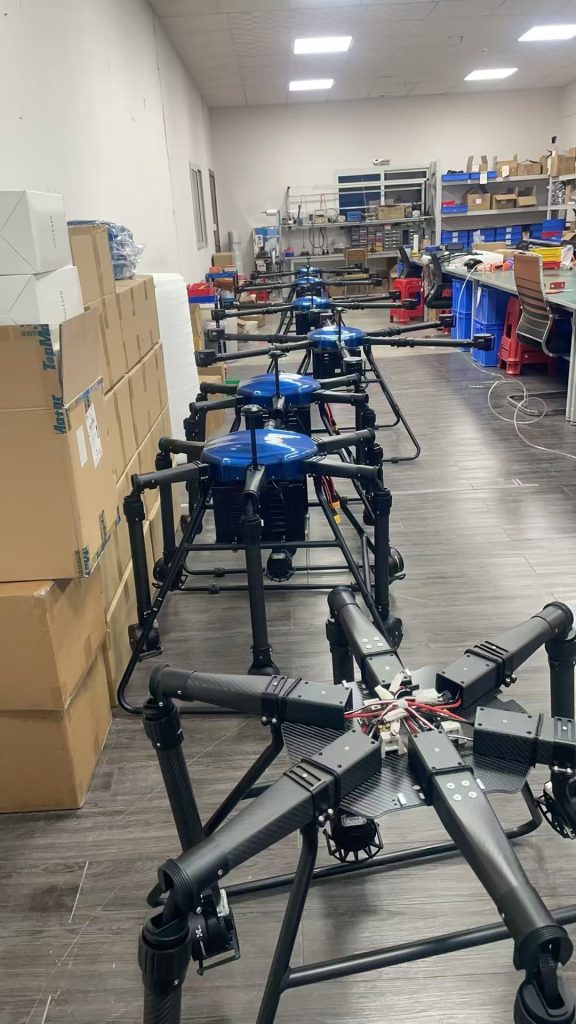

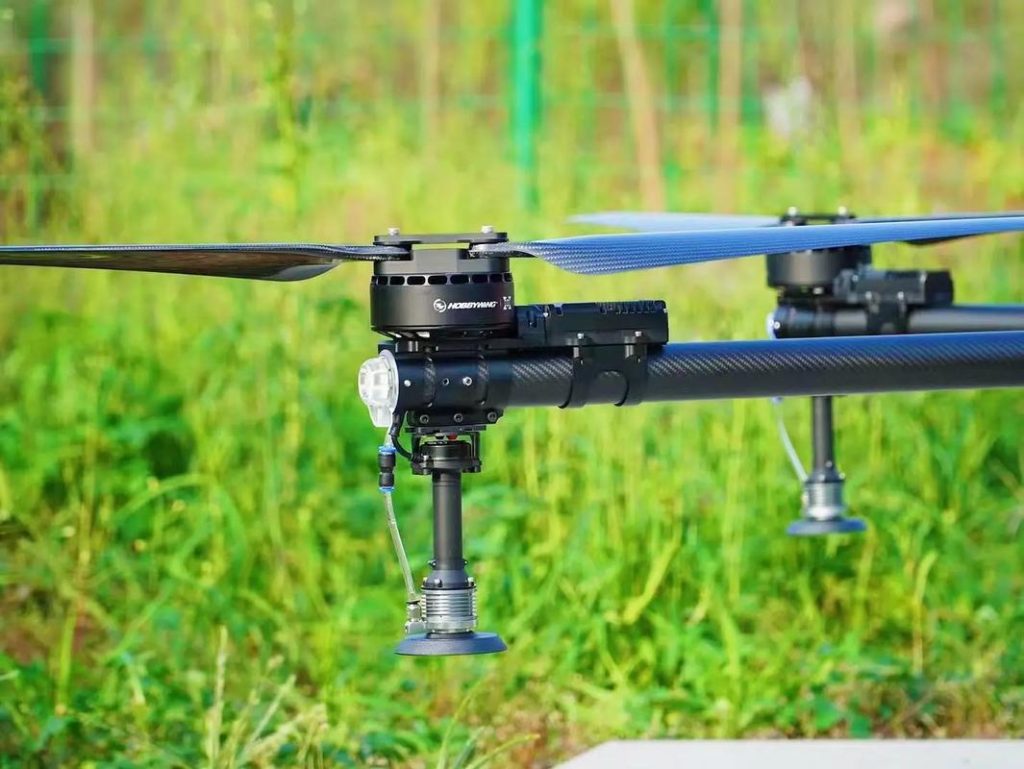
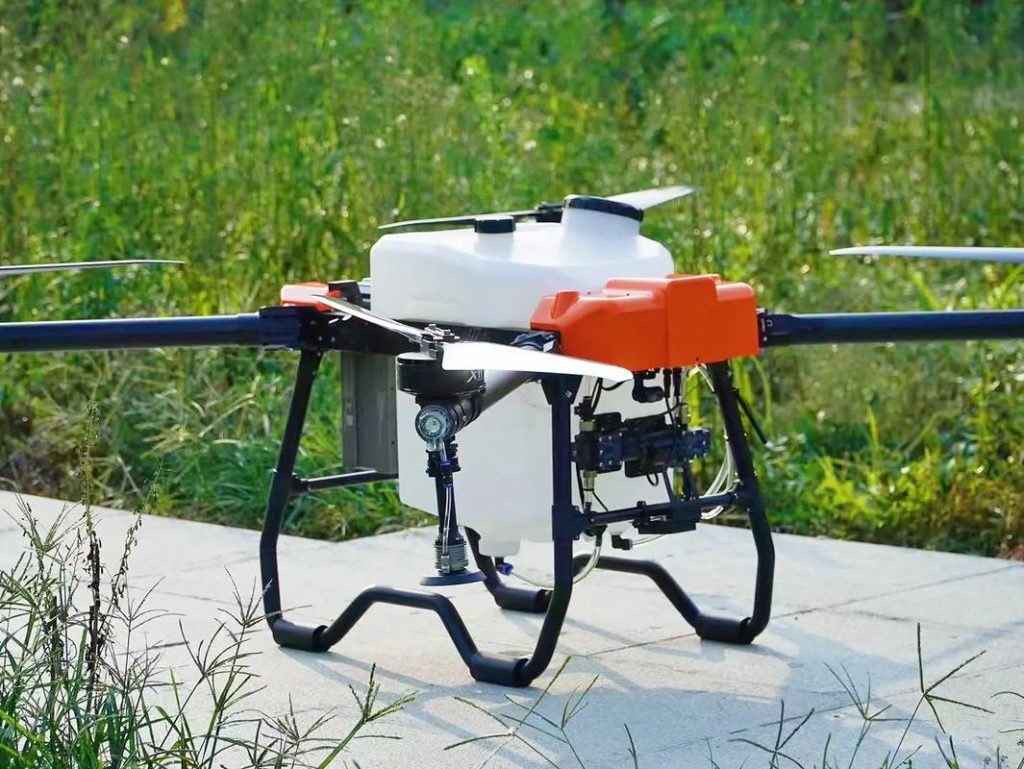
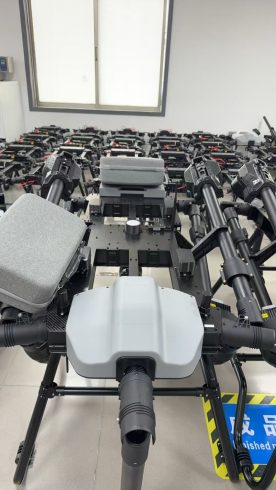
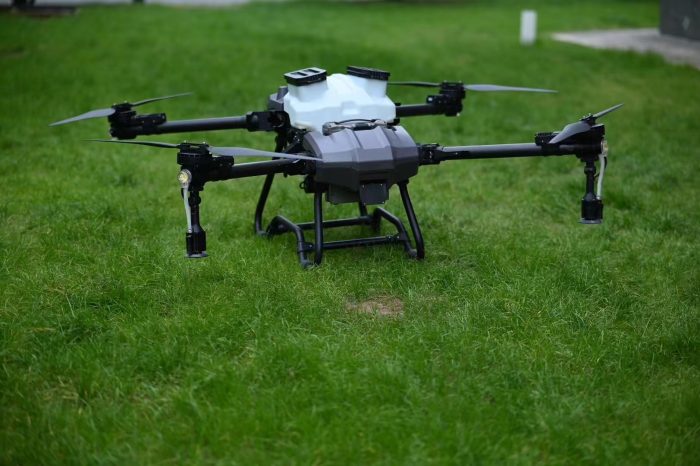
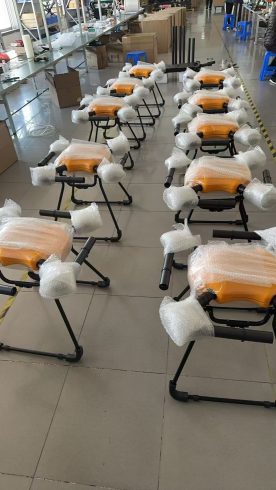
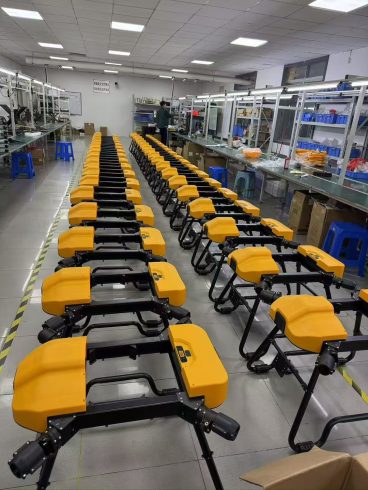
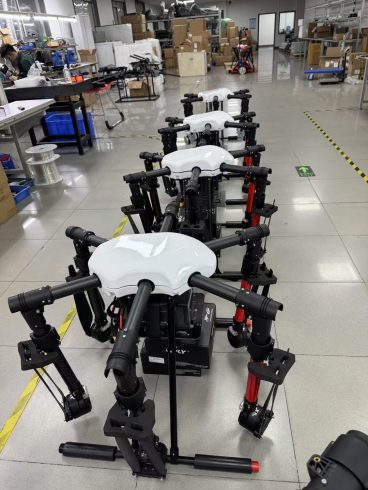


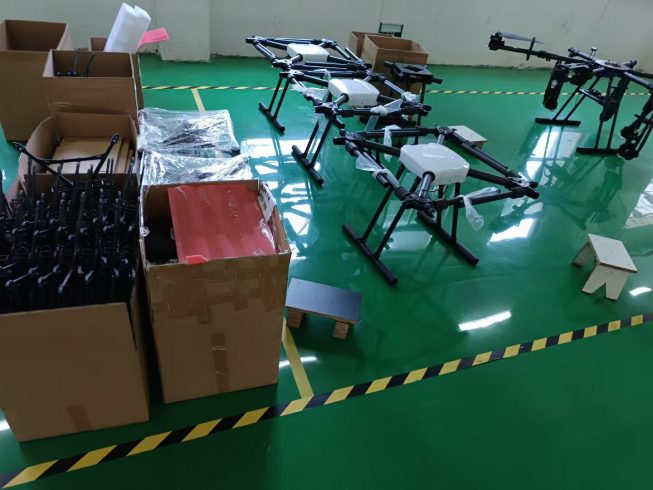

暂无评论内容